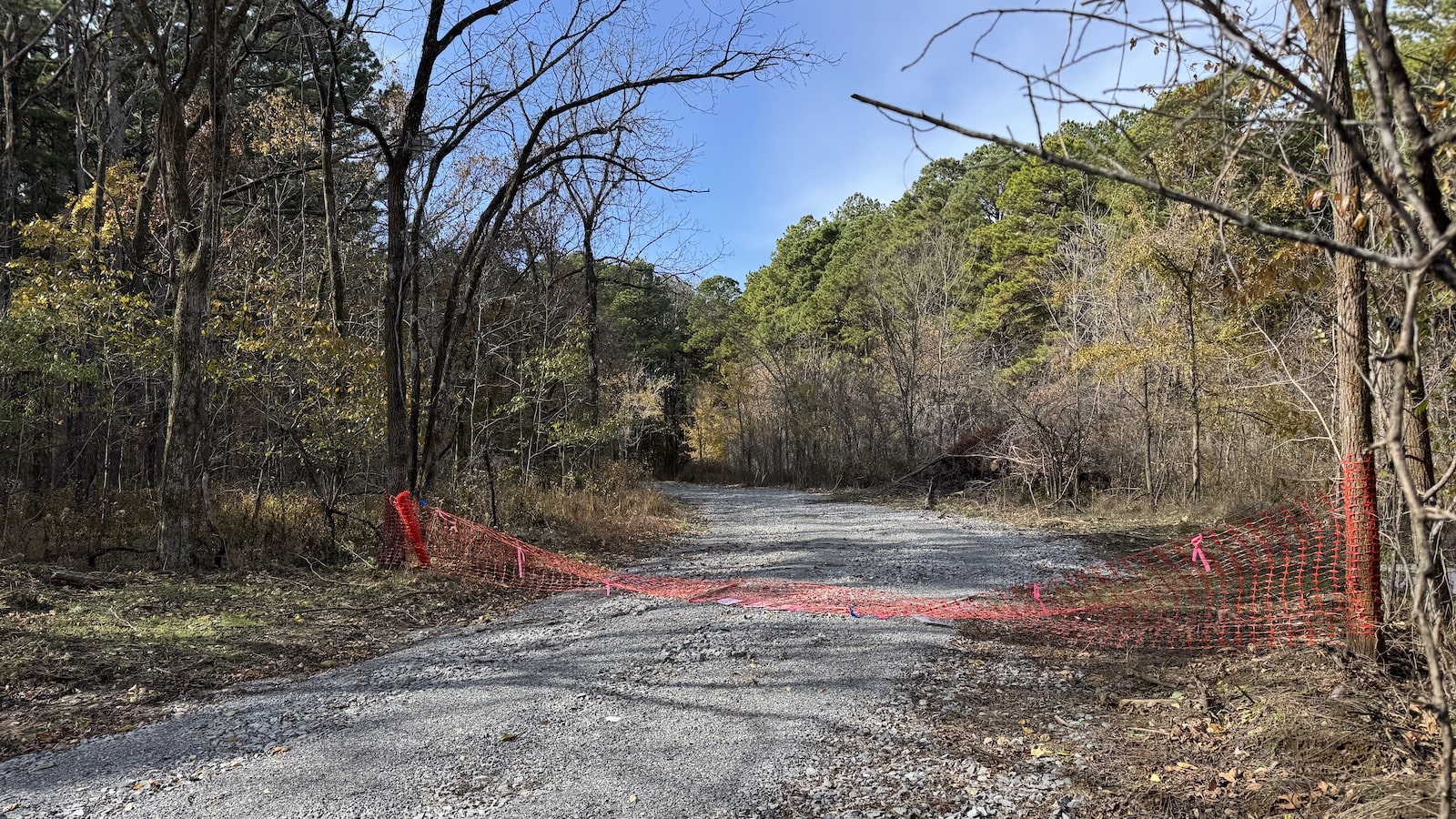JoF, Vol. 11, Pages 473: Seasonality Has Greater Influence on Amphibian Cutaneous Mycobiome than Host Species
Journal of Fungi doi: 10.3390/jof11070473
Authors:
Han Zhang
Kunyang Zhang
Hongying Ma
Jie Deng
Cheng Fang
Hu Zhao
Xiaoran An
Jianlu Zhang
Qijun Wang
Wei Jiang
Fei Kong
Amphibians face severe threats from chytridiomycosis, and their skin microbiota plays a crucial role in pathogen defense. However, studies on their mycobiomes are limited. We hypothesized that amphibian cutaneous mycobiomes vary with seasonal variations and host species. To test this hypothesis, we used internal transcribed spacer (ITS) amplicon sequencing to identify the cutaneous fungal communities of two frogs from the Qinling Mountains of China, namely Pelophylax nigromaculatus and Nanorana quadranus. We also compared our ITS amplicon data with those of 30 known anti-Bd fungal ITS sequences to identify Bd-inhibiting fungi in the samples. The results showed that seasonal variation exerted a significantly stronger influence than host species on the fungal community structure (alpha diversity, beta diversity, species composition, abundance, and biomarkers). In the fungal community composition, intergroup consistency was significantly higher at the phylum level than at the genus level; however, one unidentified genus was present in samples from both frogs from different seasons. Anti-Bd fungi were detected in the skin fungal communities of P. nigromaculatus and N. quadranus, although their types and abundances varied seasonally and interspecifically. Overall, this study highlights seasonal dynamics and host-specific variations in amphibian cutaneous fungal ecology and identifies potential Bd-inhibiting fungal taxa.
Source link
Han Zhang www.mdpi.com


